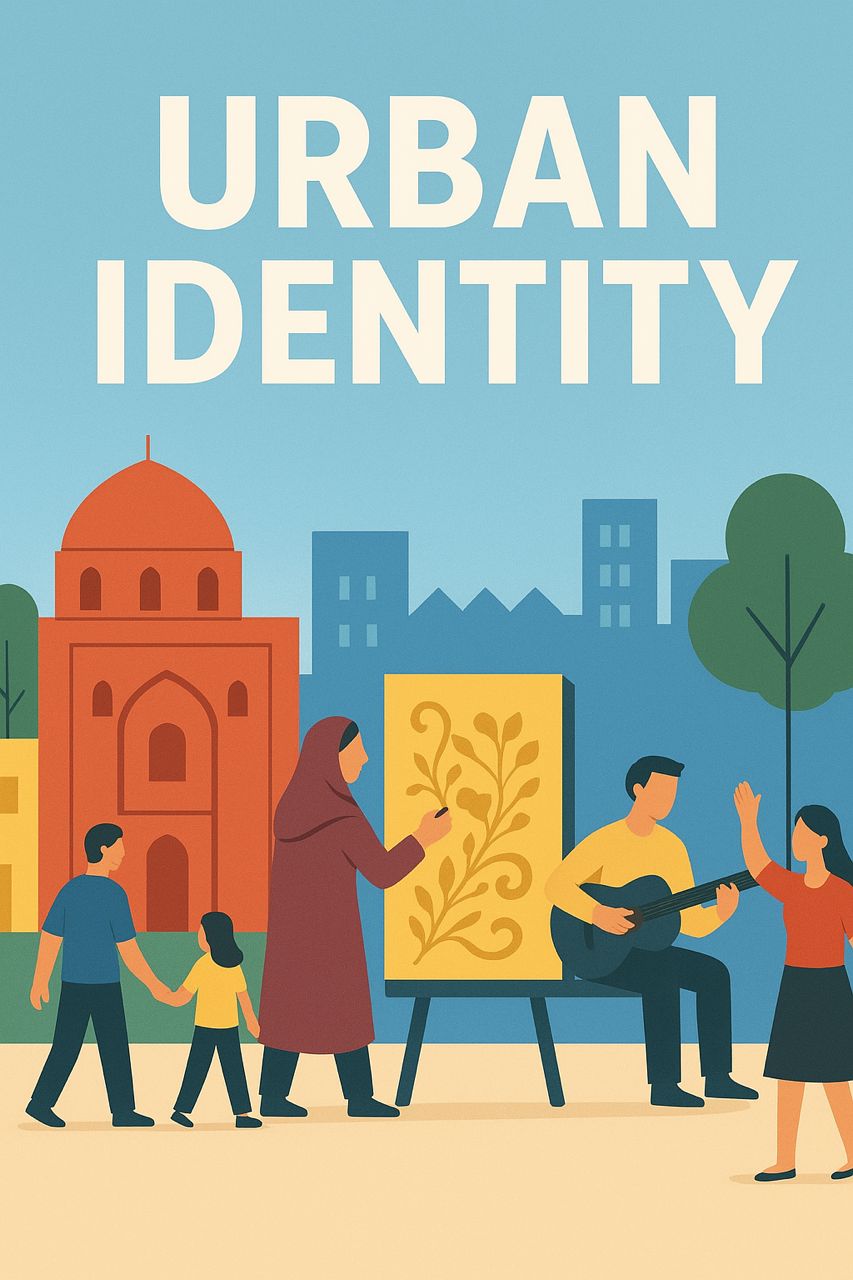Active Cities and the Importance of Branding in Enhancing Community Participation in Hosting Events
Introduction
In today’s world, the concept of an Active City is gaining significant attention as part of urban and social transformations. An Active City refers to cities where citizens actively participate in social, cultural, and economic activities. One of the key features of an Active City is effective branding, which can play a crucial role in attracting citizen participation and motivation to engage in various events. This article explores how to create effective branding to enhance community involvement in urban activities and events.
- The Importance of Branding in the Context of Active Cities
1.1. Defining Urban Branding
Urban branding refers to the process of creating and strengthening a positive image of a city through identifying and developing its features, values, and mechanisms. This image can include culture, history, social services, and urban amenities.
1.2. The Role of Branding in Attracting Participation
Urban branding can help foster a shared identity and sense of belonging among citizens. When a city has a strong and recognizable brand, individuals are more likely to participate in its social and cultural activities.
1.3. Impact on Social Interactions
Successful branding can increase social interactions among residents and encourage them to participate in hosting events and activities. When citizens feel they are part of a credible and appealing brand, they are more motivated to engage in events.
- Strategies for Creating Effective Branding
2.1. Identifying Unique City Features
To create effective branding, it is essential to have a thorough understanding of the city’s unique characteristics, including its history, culture, tourist attractions, and local events. These features should be leveraged to develop the urban brand.
2.2. Involving Citizens in the Branding Process
Citizens should play an active role in the urban branding process. Utilizing their feedback and experiences in designing branding strategies can lead to a stronger brand that genuinely represents the city’s identity.
2.3. Utilizing Information and Communication Technology
Information and communication technology provides effective tools for creating, promoting, and enhancing urban branding. Social media and related websites can widely disseminate information about events and urban activities, encouraging citizen participation.
2.4. Hosting Local Events
Organizing local cultural and community events as tools for promoting the urban brand can significantly impact citizen participation. These events not only strengthen the positive image of the brand but also provide opportunities for residents to engage in social and cultural activities.
- Successful Examples of Urban Branding
3.1. Bordeaux, France
Bordeaux has successfully created a strong brand based on its culture and history, attracting tourists and residents to participate in cultural and artistic events. Active citizen participation in promoting this brand has enhanced its reputation and the satisfaction of residents.
3.2. Barcelona, Spain
Barcelona, as an active and dynamic city, has established its international brand through various sports events and cultural festivals. This success is attributed to strong citizen involvement and the use of digital technologies to promote these events.
- Conclusion
Effective branding plays a key role in creating and enhancing an Active City. By strengthening identity and fostering a sense of belonging among citizens, branding can help increase their participation in urban activities and events. Through the use of appropriate strategies, including understanding unique city features, involving citizens in branding processes, and leveraging technology, cities can become more active and engaging spaces for their residents.
References
- Anholt, S. (2007). Competitive Identity: The New Brand Management for Nations, Cities and Regions. Palgrave Macmillan.
- M. Kavaratzis, & A. Ashworth. (2005). “City Branding: An Effective Tool for Development?” The Journal of Brand Management, 12(5), 290-306.
- Govers, R., & Go, F. M. (2009). Place Branding: Glocal, Virtual and Physical Identities, Constructed, Imagined and Experienced. Palgrave Macmillan.
- Zenker, S., & Beckmann, S. C. (2013). “Director’s Cut: The Role of Place Branding and Place Marketing in Enhancing Local Identity.” European Planning Studies, 21(12), 1670-1689.




